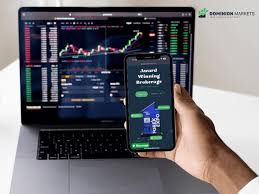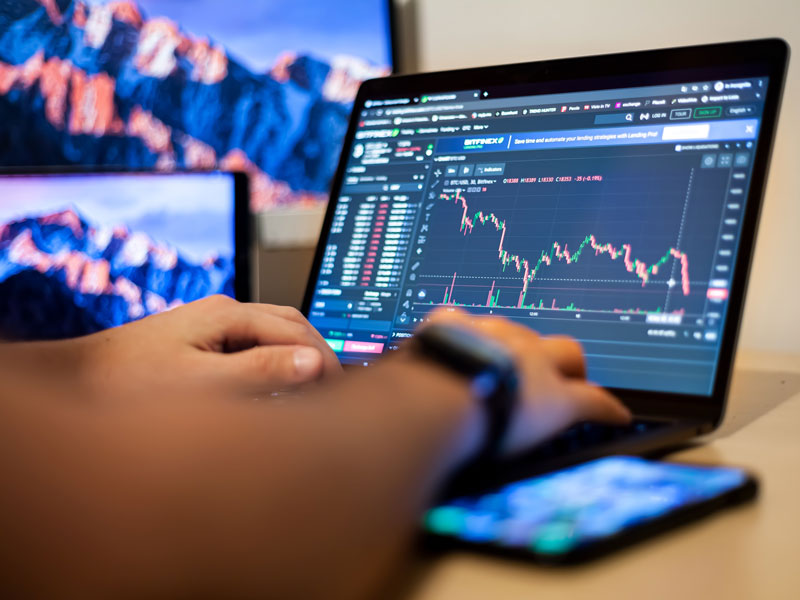
Mastering Forex Auto Trading: A Comprehensive Guide
In recent years, forex auto trading Islamic FX Trading has become synonymous with innovation in the financial markets, especially in the domain of forex auto trading. This article delves into the world of automated trading in the foreign exchange market, exploring its benefits, potential drawbacks, and the best practices to adopt for success.
What is Forex Auto Trading?
Forex auto trading, also known as algorithmic trading, involves using computer programs to enter and exit trades in the foreign exchange market automatically. These algorithms are designed to analyze market data and execute trades based on predefined criteria without human intervention. The automation of trading reduces the emotional strain that traders often face, allowing for a more calculated and disciplined approach.
Benefits of Forex Auto Trading
There are several advantages to implementing auto trading systems in your forex trading strategies:

- Emotionless Trading: Auto trading eliminates emotional decision-making. Traders can stick to their strategies without succumbing to fear or greed.
- Backtesting: Most auto trading platforms allow traders to backtest strategies using historical data, ensuring that their approach is viable before committing real money.
- Speed and Efficiency: Automated systems can process vast amounts of data and execute trades much faster than a human trader, capturing opportunities that might be missed otherwise.
- 24/7 Trading: Forex markets operate around the clock, and auto trading systems can trade continuously, taking advantage of market movements even when traders are not available.
- Diversification: A trader can monitor multiple currency pairs and strategies simultaneously through automated systems, effectively spreading risk across various investments.
Challenges and Risks of Auto Trading
While forex auto trading offers several benefits, it is not without its challenges and risks:
- Technical Failures: Automated systems rely heavily on technology. System failures, internet outages, or connectivity issues can adversely affect trading outcomes.
- Over-Optimization: Traders may fall into the trap of curve fitting their strategies based on historical data, leading to poor performance in real market conditions.
- Lack of Flexibility: While models can be effective, they may not adapt quickly to sudden market changes or unexpected events.
- Costs: Many auto trading systems come with associated fees, including brokerage charges and subscriptions that can eat into profits.
Best Practices for Forex Auto Trading
To optimize performance and mitigate risks associated with forex auto trading, traders should adhere to several best practices:

- Choose a Reliable Broker: Ensure that the broker you work with is reputable, provides low latency execution, and has a strong trading platform that supports automated trading.
- Set Realistic Goals: Understand your risk tolerance and set achievable profit goals. Avoid the temptation of pursuing high-return strategies that can potentially lead to substantial losses.
- Regular Monitoring: Even with an automated system, regular oversight is necessary. Monitor performance regularly and be prepared to intervene if needed.
- Diversify Strategies: Employ a variety of trading strategies instead of relying on a single method to spread risk and enhance potential returns.
- Stay Informed: Keep up with market news and economic indicators that may impact the currency market. An informed trader is better equipped to set appropriate parameters for their automated systems.
- Continuous Learning: Forex markets are dynamic, and strategies that worked well in the past may not continue to do so. Engage in continuous education and experimentation to keep your trading edge sharp.
Popular Auto Trading Platforms
Diversification in trading can also be achieved through the selection of different trading platforms. Some of the most popular platforms for forex auto trading include:
- MetaTrader 4 (MT4): One of the most widely used platforms, MT4 offers advanced charting tools, technical analysis options, and a robust API for developing custom trading robots.
- MetaTrader 5 (MT5): The successor to MT4, MT5 provides additional features, including more technical indicators, an economic calendar, and support for multiple asset classes beyond forex.
- NinjaTrader: A platform known for its advanced charting and analysis tools, NinjaTrader is ideal for both beginners and experienced traders seeking highly customizable systems.
- TradingView: While originally a charting platform, TradingView now supports auto trading through various brokers and features a vibrant trading community for sharing ideas.
- cTrader: Popular for its user-friendly interface and powerful trading tools, cTrader is an alternative for traders seeking a straightforward automation solution.
Conclusion
Forex auto trading opens up a world of possibilities for both new and experienced traders. The potential for efficiency and profit, coupled with the ability to remove emotional decision-making from trading, makes automated systems an attractive alternative. However, trading always involves risk, and understanding the challenges, practices, and platforms available is essential for success. As you venture into the realm of forex auto trading, remember to stay informed, set realistic goals, and continuously refine your strategies. With the right tools and knowledge, you can harness the power of automation to improve your trading performance significantly.